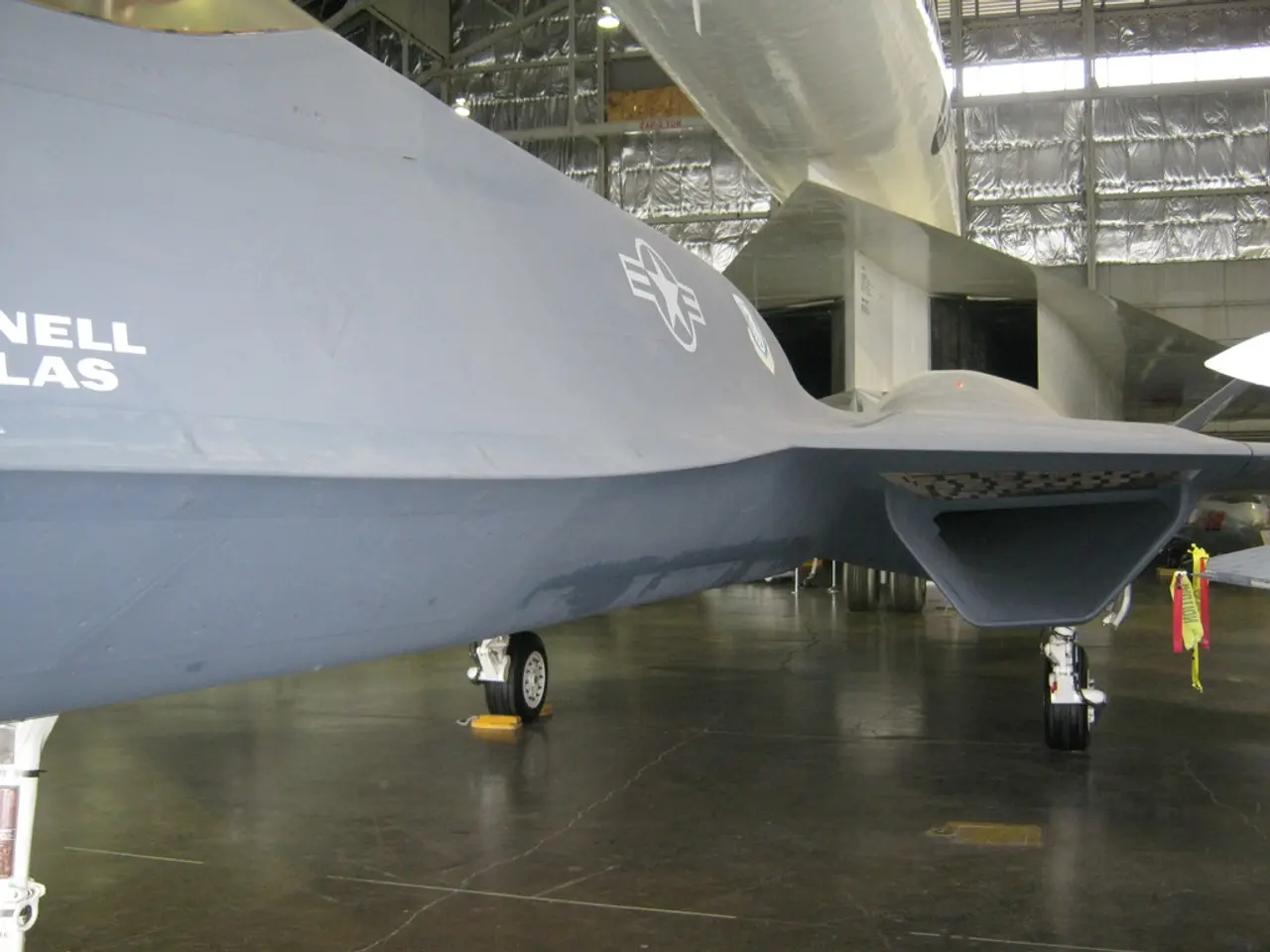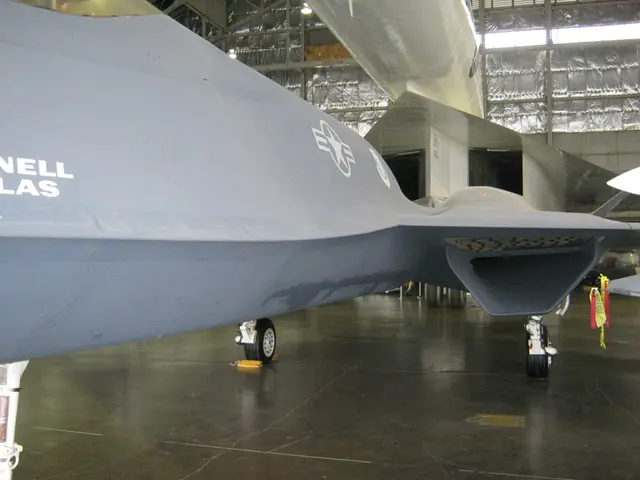Turkey's Pioneering Aircraft Manufacturer, TOMTAS
TOMTAS: A Brief History of Turkey's Early Aviation Industry
TOMTAS (Türk Otomobil ve Motorlu Taşıtlar TASfiye), a Turkish aircraft manufacturing company, was established in the 1930s as part of Turkey’s early efforts to develop an indigenous aviation industry.
The company had a notable partnership with the German aircraft manufacturer Junkers during the 1930s, which included license production of some Junkers designs. The factory, located in Kayseri, a city in central Anatolia, Turkey, was established on October 6, 1926. It included facilities such as hangars, water wells, warehouses, officer and worker lodgings.
Initially, all aircraft parts were brought from Germany until production started in Turkey. The factory aimed to produce 250 aircraft per year, with the first planes to be Junkers A 20 and Junkers F-13 Limousine. However, the partnership between TOMTAS and Junkers ended on June 28, 1928, due to financial difficulties, disagreements over patents and aircraft testing, and the withdrawal of German government support.
Despite these challenges, 15 Junkers A-20s were produced at TOMTAS, making them the first all-metal planes of the Turkish Air Force without radio. The factory underwent an extensive renovation in 1929. In 1930, Junkers transferred all of its shares in TOMTAS to the Turkish Air Force, and later that year, the Turkish Aircraft Society transferred its shares to the Ministry of National Defense.
The factory was transformed into the 'Kayseri Air Supply and Maintenance Center' in 1950. After 1932, TOMTAS agreed with the US company 'Curtiss-Wright' to manufacture various types and brands of aircraft under foreign license until the end of World War II.
However, TOMTAS struggled financially and operationally in the face of economic and political challenges. These difficulties ultimately led to the company’s bankruptcy and dissolution before World War II, marking an early but limited phase in Turkish aviation industry development.
It's worth noting that Turkey, located in the Western bloc after the bipolar world started, gave up dealing with aircraft production due to the comfort provided by the USA aids in terms of military materials and equipment. A school was also planned to be established in Eskişehir, Turkey, but it's unclear if it was ever built.
Without specific sourced details, the exact dates, the nature of partnership agreements, production numbers, and the formal reasons for bankruptcy cannot be further elaborated here. If you require more in-depth historical data on TOMTAS, consulting specialized Turkish aviation history literature or archives may be necessary.
The collaboration between TOMTAS and Junkers, a partnership significant in Turkey's aviation history, involved license production of German designs and marked the initial phase of Turkey's aerospace technology industry. Despite ending prematurely due to financial difficulties, patent disputes, and a lack of German government support, TOMTAS managed to produce 15 Junkers A-20 aircrafts, contributing to the growth of the Turkish aviation industry in its formative years. However, the company eventually faced bankruptcy and dissolution, signifying a limited yet pivotal period in the development of the Turkish aviation and aerospace industry, with the sector later relying on imports and partnerships with foreign entities such as Curtiss-Wright, especially during the economic and political challenges of the 20th century.








